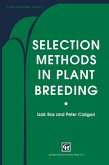
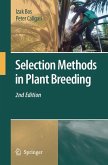
Broschiertes Buch
2nd ed.
10. November 2010
Springer / Springer Netherlands
978-90-481-7616-8
| Gebundenes Buch | 186,99 € | |
| eBook, PDF | 193,95 € |
Gebundenes Buch
2nd ed.
14. November 2007
Springer / Springer Netherlands
12072002,978-1-4020-6369-5
Ähnliche Artikel

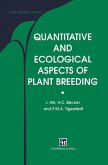
eBook, PDF
6. Dezember 2012
Springer Netherlands
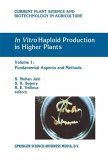
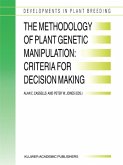
eBook, PDF
6. Dezember 2012
Springer Netherlands

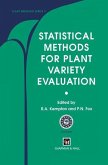
eBook, PDF
6. Dezember 2012
Springer Netherlands
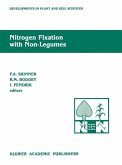
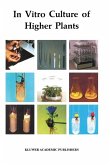
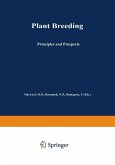
Ähnlichkeitssuche: Fact®Finder von OMIKRON
